Shifting Expectations
My recent editorial "Death to the Stick Shift" questioned the safety of– and slavish affection for– manual transmissions. The main premise of my article was simple: it takes a higher level of driver attention to operate a manual transmission than an automatic.
This point was proven by my many critics, who argued that driving a stick shift prevents drivers from engaging in dangerous multi-tasking. This erstwhile advantage simply reinforces the assertion that a manual demands greater concentration (however subconscious). By the same token, it's disingenuous to assert that an automatic transmission is inherently dangerous because it allows drivers to talk on their cell, eat, drink or otherwise distract themselves. Inattentive drivers are a hazard, no matter what kind of car they drive.
Fans of the manual transmission may not realize that they are merely lever pushers; the synchronizers inside the gearbox do the actual shifting. Anyone who's driven a non-synchro box is immediately aware that there is a much higher level of skill and experience needed to shift gears. So, if attending to the mechanical needs of the car makes someone a better driver, wouldn't a non-synchro box make them an even better driver? Should we turn back the clock of progress in the mistaken belief that it's safer to work harder? Of course not.
The second recurring theme expressed by my less splenetic respondents is that stick shifts are more fuel efficient than automatics. This opinion is usually based upon a narrow analysis of a particular component, rather than an analysis of total powertrain efficiency.
An automatic's torque converter actually increases the torque output, while allowing engine speed to rise– sort of like a hydraulic version of a CVT (continuous variable transmission). Thus the increase in engine speed upon acceleration in an auto-equipped car is not slippage, but the torque converter acting as, essentially, a lower gear. (A side benefit is that the engine has a higher torque output at higher speed, increasing acceleration even more.) The hydrodynamic losses in the autobox' torque converter are more than made up by the increase in effective gear ratio spread.
Gear ratio spread is, simply put, the ratio between the lowest and the highest ratio in a given box. A larger ratio spread allows the box to have a lower first gear (for better initial acceleration) and a higher top gear (for quieter cruising). Typically, a modern six-speed transmission has a ratio spread of about six, while an average four-speed automatic has a ratio spread of about 10 to 11. This allows engine speed to be more efficiently matched to the vehicle's needs.
Couple this inherent efficiency advantage with sophisticated electronic controls that measure the vehicle's lateral and longitudinal accelerations, monitor the position, speed and rate of change of driver controls; and it's easy to see how a modern automatic transmission can anticipate the driver and vehicle needs and to consistently provide the proper gear ratio.
Many e-mailers also took issue with my claim that automatics are cheaper to maintain than standards. Historically, manual transmissions may have been less expensive to maintain than their automatic counterparts, but the stick shift's mechanical evolution (read: increasing sophistication) has reduced the gap to naught. Today, replacing a clutch on Thunderbird Super Coupe at a franchised Ford dealer will cost over $2000 in labor alone. Rebuilding the 5-speed transmission of a light-duty Ford F150 will set you back well over $4000.
The corollary to this argument is that manual transmissions are more durable than automatics. If that were the case, every corporate fleet in America would be stocked with manual transmission cars and trucks. Fleet managers earn their bonuses by cutting costs, and they have a huge amount of real world data upon which to make objective financial decisions. Hence the near total dominance of automatic transmissions within large fleets. Think about it: the chances of finding a manual transmission taxi are somewhat less than finding a lunar rover trolling for passengers in Manhattan.
Other control components of vehicles, including the steering wheel, are based on decades of psychological and anthropometric research. There have been many attempts to replace the steering wheel, including joysticks, but the human brain just isn't wired for them. Even the operational convention of turning clockwise for a right turn evolved through years of study and 'field testing'. There are many studies on the efficiency and safety of current automotive controls. Yet many enthusiasts would exempt manual transmissions from the normal process of mechanical evolution, which has already led to the development of the modern automatic transmission.
Meanwhile, the consumer has spoken. The millions of US buyers who opt for today's automatic transmissions do not do so because they are stupid, uncoordinated, unsafe or oblivious to the joys of driving. They do so because they know a good thing when they drive one.
More by Bob Elton
Latest Car Reviews
Read moreLatest Product Reviews
Read moreRecent Comments
- Redapple2 4 Keys to a Safe, Modern, Prosperous Society1 Cheap Energy2 Meritocracy. The best person gets the job. Regardless.3 Free Speech. Fair and strong press.4 Law and Order. Do a crime. Get punished.One large group is damaging the above 4. The other party holds them as key. You are Iran or Zimbabwe without them.
- Alan Where's Earnest? TX? NM? AR? Must be a new Tesla plant the Earnest plant.
- Alan Change will occur and a sloppy transition to a more environmentally friendly society will occur. There will be plenty of screaming and kicking in the process.I don't know why certain individuals keep on touting that what is put forward will occur. It's all talk and BS, but the transition will occur eventually.This conversation is no different to union demands, does the union always get what they want, or a portion of their demands? Green ideas will be put forward to discuss and debate and an outcome will be had.Hydrogen is the only logical form of renewable energy to power transport in the future. Why? Like oil the materials to manufacture batteries is limited.
- Alan As the established auto manufacturers become better at producing EVs I think Tesla will lay off more workers.In 2019 Tesla held 81% of the US EV market. 2023 it has dwindled to 54% of the US market. If this trend continues Tesla will definitely downsize more.There is one thing that the established auto manufacturers do better than Tesla. That is generate new models. Tesla seems unable to refresh its lineup quick enough against competition. Sort of like why did Sears go broke? Sears was the mail order king, one would think it would of been easier to transition to online sales. Sears couldn't adapt to on line shopping competitively, so Amazon killed it.
- Alan I wonder if China has Great Wall condos?



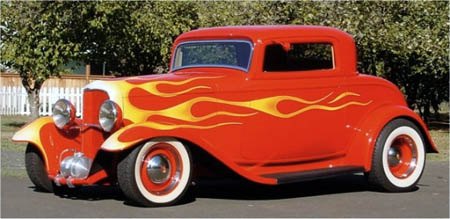

















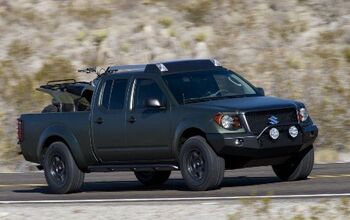


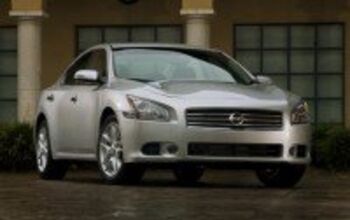
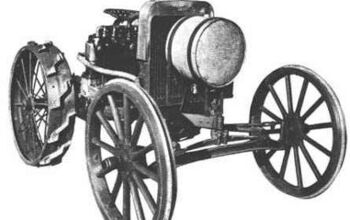

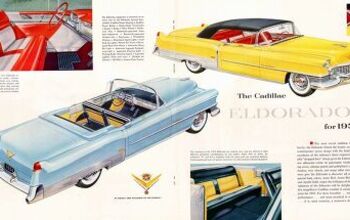
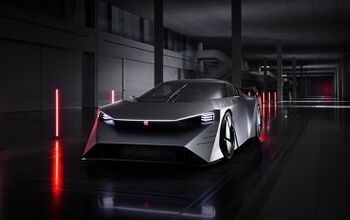


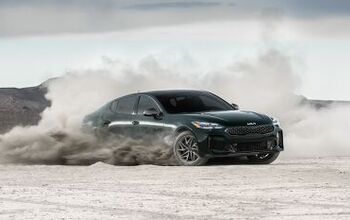
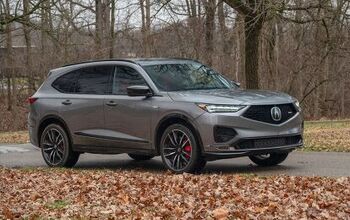

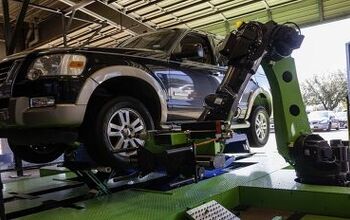
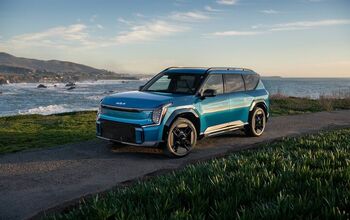
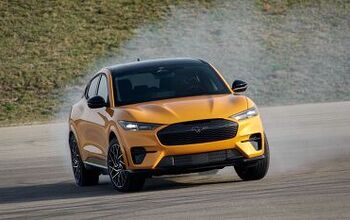
Comments
Join the conversation
Sorry, Bob, but I still think you are smoking crack. I don't really believe your "facts" about the points you make re: a manual transmission, but I also don't care to dispute them. The one fact I do dispute is that shifting gears is a form of inattentiveness. Sorry, Bob, but paying attention to how one's engine sounds and feels and being a part of the process of driving is not equal to putting on mascara, talking on the cell phone, or eating a Big Mac while driving. On the contrary, it is important to watch the speed of the car, the sound, the terrain, the weather conditions, etc., when operating a manual. It is being acutely aware of what is going on with the vehicle and paying attention to driving, not being desensitized, like so many drivers are when it is so easy to drive and simultaneously do 10 other things. As a culture, we are so desensitized to the danger of driving. We speed around in these huge, overpowered vehicles that can and do actually kill people. If we were more acutely aware of this, do you think we'd be watching DVDs, etc., while driving? Driving a stick is a means by which people CAN be more acutely aware of what they are actually doing behind the wheel. Can be. I'm not saying that everyone who drives a stick is a great driver, but for me, I am a far better driver because I am paying more, not less, attention to what I am doing. Got it?